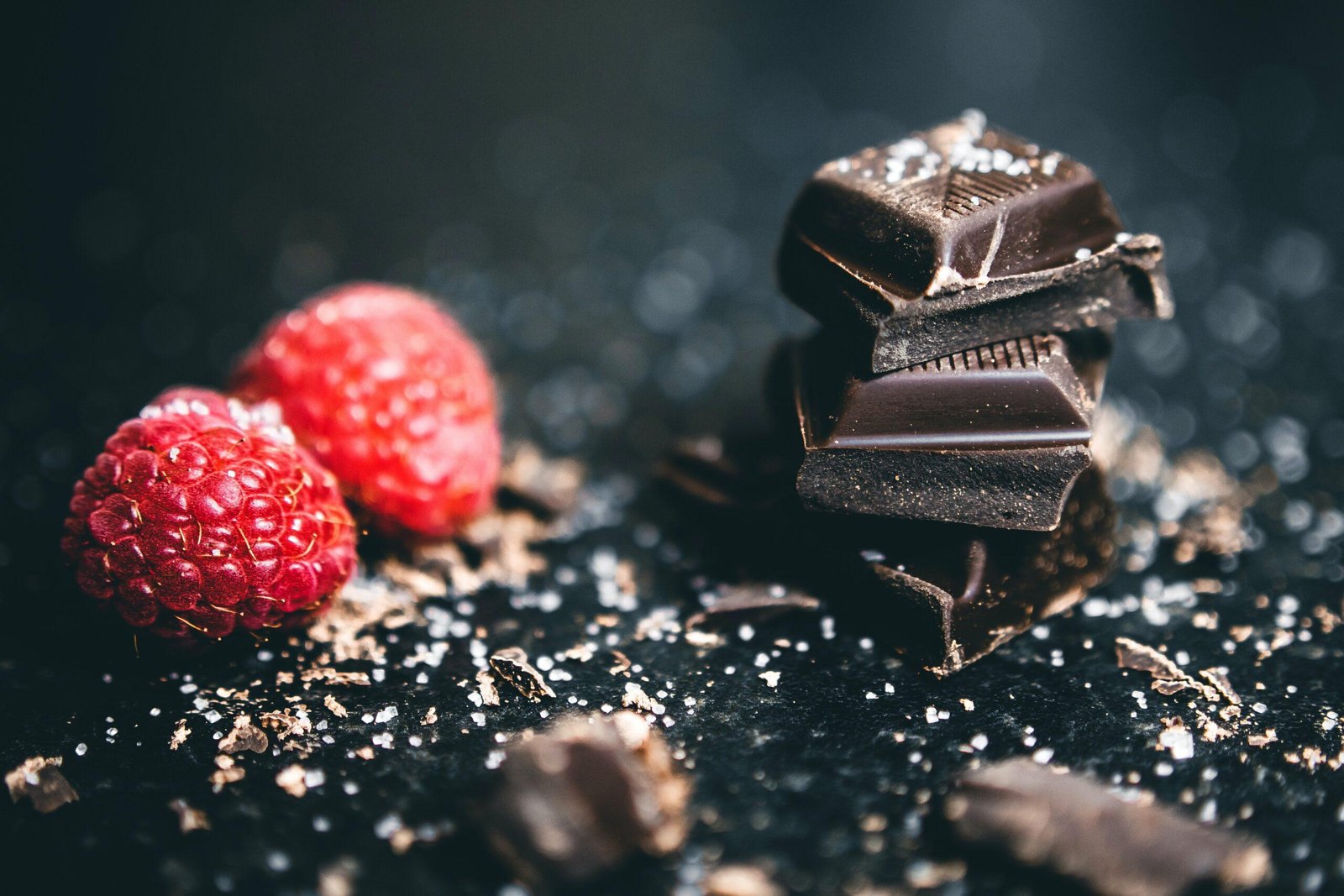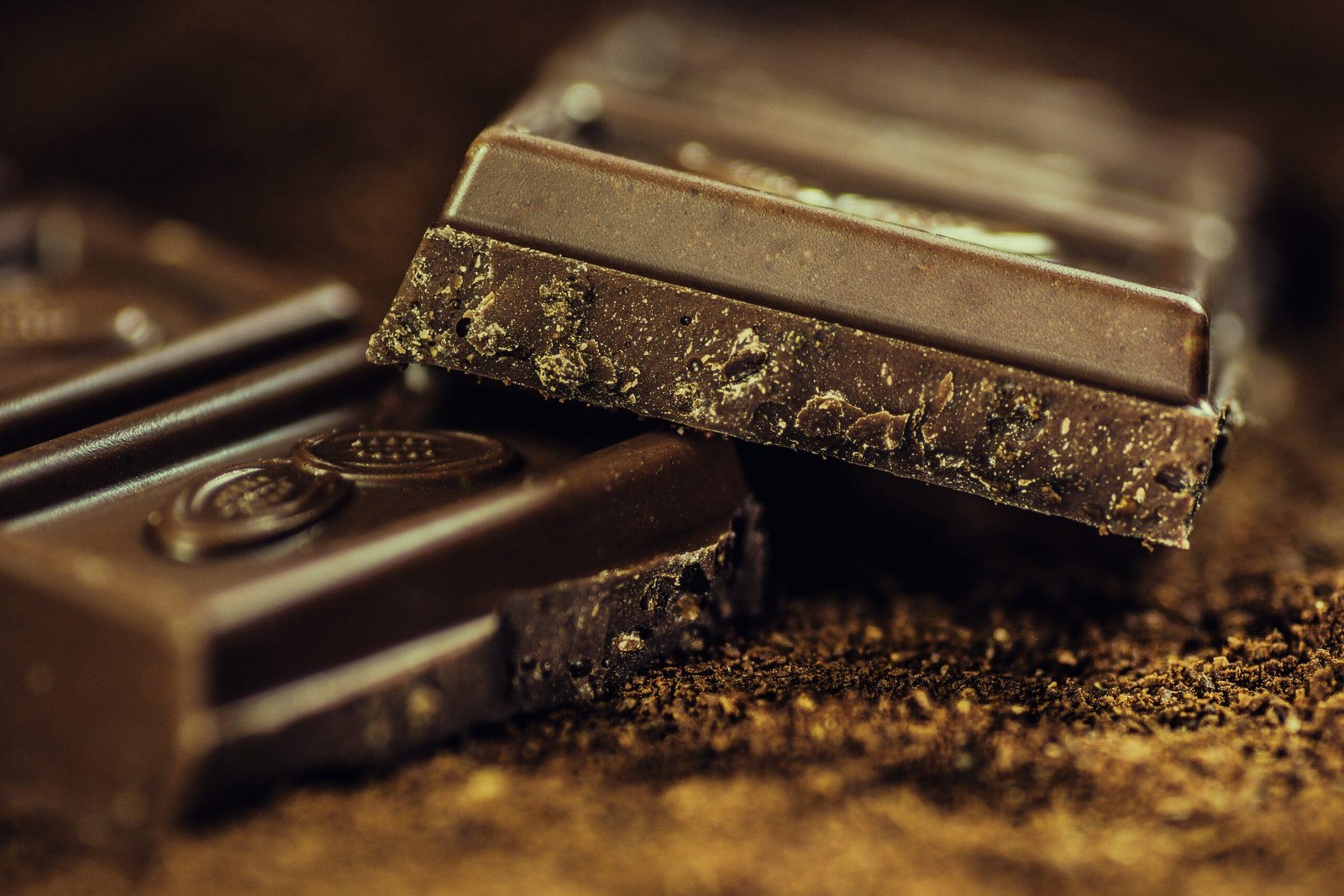Chocolate: Things you must know about it
Chocolate: Things you must know about it

You may believe you know all there is to know about chocolate, but you could be wrong. Even though over 7 million metric tons of chocolate are eaten annually, most people still have a limited understanding of this delicacy. From where it came from and the varieties available to the numerous positive effects it has on one’s health, it’s all here for your perusal.

Origin and Discovery of Chocolate
Cacao beans are harvested from plants in Central and South America. Cacao beans are found in pods, and each pod includes around 40 of them. Cocoa beans are the result of this process, which involves drying and roasting the beans.
Ancient Mesoamerica, the precursor of modern-day Mexico, is widely acknowledged as the 4,000-year-old beginning of chocolate’s rich history. Cacao trees, the source of chocolate, were originally discovered in this region. The Olmec were among the first people in Latin America to process cacao beans into chocolate. During ceremonies, they imbibed a chocolate drink that also had medicinal purposes.
Centuries later, the Mayans hailed chocolate as the drink of the gods. Cacao seeds were roasted, crushed, and brewed with chiles, water, and cornmeal to create the coveted Mayan chocolate. A Mayan beverage called “xocolatl,” literally “bitter water,” was made by pouring this concoction from one pot into another.
Types of chocolate
Chocolate comes in a variety of flavors and textures, but the three most common are white chocolate, milk chocolate, and black chocolate. Almost everyone has a preferred taste. However, how well-versed are you in the many chocolate varieties? The answer depends on the process and quality of chocolate’s creation. For more information on the various chocolate options, please continue reading.
Liquor Chocolate
The basis for all chocolate is chocolate liquor, often known as raw chocolate. Cacao nibs, found on the bean’s interior, are ground into a thick, black paste.
Chocolate, White
When you see white chocolate, you know it’s the real deal because of its distinctive cream or ivory hue. Sugar, cocoa powder, dairy, vanilla, and lecithin are the components.
Milk Chocolate
We all grew up loving milk chocolate, and it’s hard to imagine our lives without it. Milk chocolate, with it’s own pale brown hue, velvety smoothness, and somewhat sweet taste, is the most common kind of chocolate purchased.
Dark Chocolate
Dark chocolate, which can be easily identified by its distinctive dark brown hue, is the 2nd most widely consumed kind of chocolate. Black chocolate, or unsweetened chocolate chocolate, is a darker kind of chocolate that is a little less sweeter than milk chocolate.
Bittersweet Chocolate
As a growing number of consumers get an understanding of cacao and cocoa proportions, unsweetened chocolate has become more popular. Extra-dark chocolate gained prominence when reports suggested that dark chocolate with a cocoa level of 70percent or above was associated with a plethora of health advantages.
Powdered Cocoa
Crushing the separated cocoa solids into a powder is the last step in making cocoa powder from chocolate liquid. To put it simply, unsweetened cocoa powder consists all of cocoa.
Red Velvet Chocolate Ruby
Belgian chocolate producer Barry Callebaut developed a fourth variety of chocolate, ruby chocolate, in 2017. This unique chocolate stands out from the crowd because to its eye-catching reddish-pink tint.
Sources
Cocoa plants need warm, humid conditions, which may be found in the tropics roughly 20 degrees north and south of the Equator. Chocolate and many other Mesoamerican treats are made mostly from cocoa beans.
1. Cote d’Ivoire, 2,200,000 metric tons annually.
Cote d’Ivoire, in West Africa, produces around 2.2% of the world’s cocoa beans per year, or 2,200,000 tons. In terms of global cocoa bean output, around 38% comes from Cote d’Ivoire.
2. The second largest producer is Ghana, with 800,000 tons.
Approximately 800,000 metric tons of cocoa beans are harvested each year in the Republic of Ghana, another West African nation that ranks second in world cocoa production. Ghana’s agricultural industry relies heavily on cocoa production, which generates nearly a third of the country’s total export earnings.
3. 739,483 metric tons, Indonesia
Indonesia, located in Southeast Asia, produces roughly 739,483 tons of cocoa beans yearly, making it the world’s third-largest cocoa exporter.
4. 340,163 metric tons, Nigeria
The Federal Republic of Nigeria, also located in Western Africa, ranks as the world’s fourth-largest cocoa grower, with an annual output of over 340,163 tons of coffee beans.
5. Ecuador – 327,903 Metric tonnes
The Republic of Ecuador, located in the northwestern corner of South America, is the ranked as the fifth largest cocoa supplier in the world, with an annual output of over 327,903 metric tonnes of cocoa beans.
Health Benefits
Because it tends to induce both weight gain and acne, chocolate is seen as a particularly decadent treat. The yearly American expenditure on chocolate confections is $10 billion. However, it’s not all bad news, since dark chocolate has been shown in several studies to have positive effects on health. Here are 11 you probably didn’t know that will make indulging in it a little less of a sin.
1. Eating chocolate may lower one’s chance of having a heart attack or stroke.
Dark chocolate eaters in the research had a lower risk of cardiovascular disease. It’s believed that this helps avoid the buildup of dangerous calcified plaque in the arterial walls. It was suggested that cocoa may prove even more helpful, and items containing cocoa were pushed for consumption above dark chocolate.
2. Chocolate has been shown to reduce blood pressure.
3. Eating chocolate may lift your spirits.
4. Antioxidants, which chocolate is rich in, help protect cells from damage.
5. Chocolate is loaded with healthy nutrients.
6. Chocolate’s antioxidants protect the skin from UV rays.
7. Chocolate improves cognitive performance
8. Having an anti-inflammatory action, chocolate is the eighth health benefit.
9. Eating chocolate may improve your physical abilities.
10. You may be able to lower your risk of diabetes by eating chocolate, and it also aids in weight reduction.
Health Risks
Maybe the people of old knew what they were doing when they used chocolate for medicinal purposes. If you consume chocolate sometimes instead of every day, you may get the advantages without risking the drawbacks.
The USDA estimates that a single ounce of dark chocolate ranging in cocoa content from 70 to 85 percent contains around 170 calories. Harvard’s T.H. Chan School of Public Health warns that consuming too much chocolate or other foods high in refined sugar may cause weight increase, diabetes, overweight, cardiovascular disease, as well as other chronic illnesses.
Select dark chocolate with a greater cocoa Content if you’re worried about overindulging. Take dark chocolate containing 70% cocoa or more, says a study from the University of Georgia.
-
Cadbury Heroes Chocolates Tub 600g
$22.36Original price was: $22.36.$19.20Current price is: $19.20. -
-
Cella’s Milk Chocolate Covered Cherries, 72-Count Box
$28.99Original price was: $28.99.$26.99Current price is: $26.99. -
Chocolate Cinnamon Bears 14 Oz (2 PACK)
$20.90Original price was: $20.90.$17.59Current price is: $17.59. -
Free 2b Chocolate Sun Cups Minis, Gluten-Free, Dairy-Free, Nut-Free and Soy-Free – 4.2 Oz (Pack of 3)
$24.98Original price was: $24.98.$15.61Current price is: $15.61. -
Ghirardelli Peppermint Bark with Dark Chocolate – 3 Pack (3 pack)
$21.77Original price was: $21.77.$20.57Current price is: $20.57. -
Ghirardelli White Chocolate Caramel Chocolate Candy – 5 oz – Pack of 3
$28.65Original price was: $28.65.$20.57Current price is: $20.57. -
Hawaiian Host Aloha Macs Milk Chocolate Macadamia Nuts (6 ounce box, 12 pieces) (1 Box)
$13.50Original price was: $13.50.$12.50Current price is: $12.50. -
Hawaiian Host Alohamacs Dark Chocolate Covered Macadamia Nuts (1 Box)
$13.50Original price was: $13.50.$12.00Current price is: $12.00. -
Hershey Zero Sugar Chocolate Candy
$23.99Original price was: $23.99.$22.29Current price is: $22.29. -
Hershey’s Chocolate Full-Size Variety Pack, 30 ct.
$40.90Original price was: $40.90.$34.95Current price is: $34.95. -
Hershey’s Kisses Milk Chocolate Santa Hat & Kissmas Sweater, 310 Coun
$26.95Original price was: $26.95.$24.75Current price is: $24.75. -
HERSHEY’S Organic Milk Chocolate Candy, Individually Wrapped, 1.55 oz Bar (12 Count)
$22.99Original price was: $22.99.$17.99Current price is: $17.99. -
HERSHEY’S SPECIAL DARK Organic Miniatures Mildly Sweet Dark Chocolate Candy Bars, Individually Wrapped, 4.2 oz Bag
$11.80Original price was: $11.80.$10.00Current price is: $10.00. -
HERSHEY’S, REESE’S and KIT KAT Miniatures Milk Chocolate and Peanut Butter Assortment Candy, Individually Wrapped, 9.08 oz Share Pack
$11.54Original price was: $11.54.$9.48Current price is: $9.48. -
-
M&M Mars Chocolate Bar Variety Pack, 55 Ounce, 30 Count
$35.97Original price was: $35.97.$32.95Current price is: $32.95. -
Nestle the Original Turtles 100% Pecan 350g/12.34oz Box {Imported from Canada}
$21.89Original price was: $21.89.$18.96Current price is: $18.96. -
Original Cadbury Wispa Chocolate Bar Pack Imported From The UK England
$5.17Original price was: $5.17.$4.47Current price is: $4.47. -
Original Nestle British Chocolate Variety Mix Rolos Aero Munchies Toffee Crisp Kit Kat Yorkie Imported From The UK England Nestle Variety Pack Original From England
$14.91Original price was: $14.91.$11.00Current price is: $11.00. -
Russell Stover Dark Chocolate Coconut, 6 Ounce Mini Gusset Bag, Sweet Coconut Covered in Rich Chocolate Candy, Individually Wrapped
$12.25Original price was: $12.25.$10.00Current price is: $10.00. -
Russell Stover Dark Chocolate, 9.4 Ounce
$16.94Original price was: $16.94.$14.49Current price is: $14.49. -
Sanders Milk Chocolate Sea Salt Caramels – 36 Oz. (2.25 lb)
$22.58Original price was: $22.58.$18.98Current price is: $18.98. -
Schluckwerder Chocolate Covered Marzipan 1.76oz/50g (Pack of 5)
$13.00Original price was: $13.00.$12.26Current price is: $12.26. -
SNICKERS Original, Peanut Butter & Almond Bulk Variety Pack Fun Size Chocolate Candy Bar Assortment, 44.5 oz, 60 Pieces Bag
$19.89Original price was: $19.89.$18.96Current price is: $18.96. -
SNICKERS Peanut Brownie Fun Size Chocolate Halloween Candy, 9.14oz
$9.64Original price was: $9.64.$8.18Current price is: $8.18. -
Sweet Candy Dark Chocolate Orange Sticks – Chocolate Covered Candy – Orange Flavor With Dark Chocolate Coating – Old Fashioned Sweet Treat – TWO (2) 10.5oz Box
$19.98Original price was: $19.98.$17.15Current price is: $17.15. -
Terry’s Milk and Dark Chocolate Oranges 2 pack (5.53 oz each)
$12.50Original price was: $12.50.$10.41Current price is: $10.41. -
TURTLES Mini Original, Pouch 142g
$9.99Original price was: $9.99.$9.06Current price is: $9.06. -
Whitman’s Assorted Chocolates Holiday Sampler, 10 Ounce (22 Pieces)
$18.96Original price was: $18.96.$15.46Current price is: $15.46.




























































